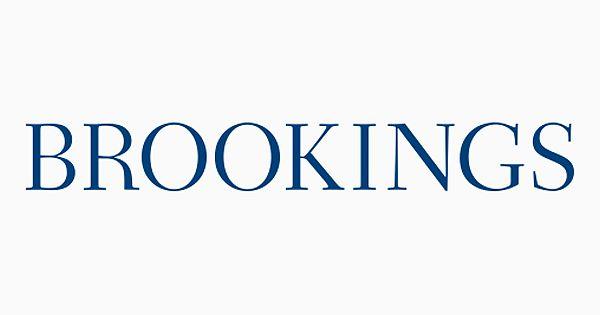When we hear about students pursuing post-secondary education only to quit before obtaining a certificate or degree, it can be easy to blame the financial burden. Although cost and inadequate educational preparation play roles, this report by Brookings examines additional culprits: structural and motivational barriers.

Focusing on community colleges, Brookings notes that, although these institutions offer pathways to good-paying jobs, students who do not complete a certificate behind high school “face dramatically reduced earning potential.” In addition, low completion rates “pose a clear challenge for employers reliant on a healthy labor market.” It is a significant problem: In West Michigan, just 58.2% of students enroll in post-secondary education within six months of high school graduation. Only 16.6% of those West Michigan students will graduate on time with an associate degree. Although some will eventually obtain certificates, Brookings estimates the national completion rate is below 40%.
Overwhelming the students
One common structural barrier, Brookings found, is the reliance of some community colleges on a “cafeteria model” for course selection, where students “are left to navigate often complex and ill-defined pathways mostly on their own.” Confronted with numerous choices, students can be overwhelmed and make poor course selections, resulting in a loss of money and time. One consequence is an increased likelihood of dropping out.
The Brookings report attributes the problems with this model to structure and design, not the staff. Often, the problem is a lack of resources and a high ratio of students to advisors. In the 2018 Community College Survey of Student Engagement, 23.3% of students stated they had never spoken to a faculty member or adviser about career plans.
Brookings recommends replacing the cafeteria model with a “guided pathways” approach, where programs are clearly structured, along with extensive academic support.Fortunately, community colleges in West Michigan are ahead of the nation in adoption of this model. In fact, many community colleges across the state are working on developing this model to increase student success.
Under this approach, students without a clear direction are assisted in following a default curriculum that allows them to modify their interests as they learn more about themselves. Developmental courses are more deliberately incorporated into these types of programs to remove an additional barrier.
Motivation begins with understanding
Brookings identifies a second barrier to completion: a student’s motivation. For students to stay motivated to persist on their educational journey, they need to understand the destination – careers and earnings an education will provide. They also need to understand how to get there, by making connections between what they are studying and what they would like to achieve.
As an intrinsic trait, motivation can be a difficult barrier to overcome. This is where collaboration between business and postsecondary education is vital. Many businesses have worked to align competencies to careers, allowing for seamless transfer to the work world.
A community approach in Grand Rapids
The To College, Through College Initiative in Grand Rapids is taking additional steps to overcome barriers to success in post-secondary education. A partnership of the city of Grand Rapids, Grand Rapids Public Schools, higher education, community, business and KConnect, the group works to increase degree attainment. They focus on Grand Rapids Public Schools graduates, particularly first-generation students and students of color.
One of the group’s initiatives is the T2C Studio, which leverages the expertise of college and community representatives for one-on-one college enrollment and retention services at a neutral location, the downtown Grand Rapids Public Library. T2C Studio also uses a texting platform to stay connected with students. So far, T2C Studio has engaged with more than 1,500 students.
Talent 2025’s work
Talent 2025’s K-12 to Post-Secondary Completion Working Group is focusing on identifying barriers to West Michigan students. Efforts include utilizing local college access programs to survey students in their decision-making and identifying barriers they encounter.
The West Michigan data, along with national data, will inform the higher education working group on next steps to reduce barriers. The working group also is researching best practices for decreasing the number of required developmental courses, which are shown by research to discourage college completion.
As these local initiatives demonstrate, post-secondary institutions, policymakers, employers and philanthropy all have a role and incentive to work together to remove barriers to education for all students in the West Michigan region.
Talent 2025 has made a priority of raising the enrollment and completion rates of West Michigan students in post-secondary education. This is a central component of our ability to become a top 20 employment region. It can only be accomplished by removing barriers for underrepresented populations and continuing to increase college access for everyone.


